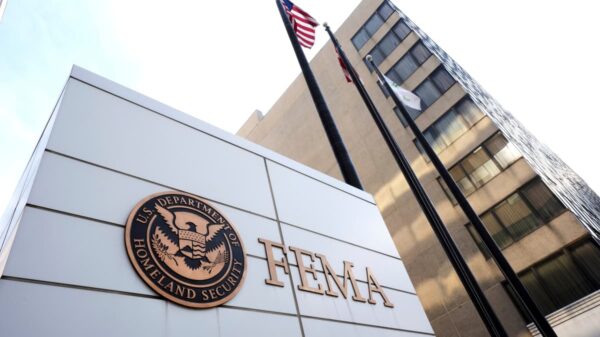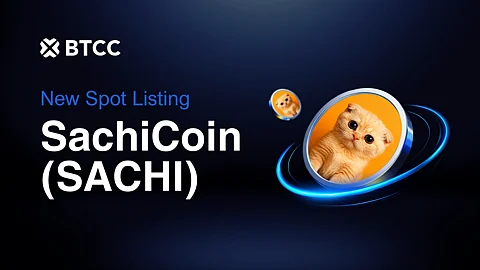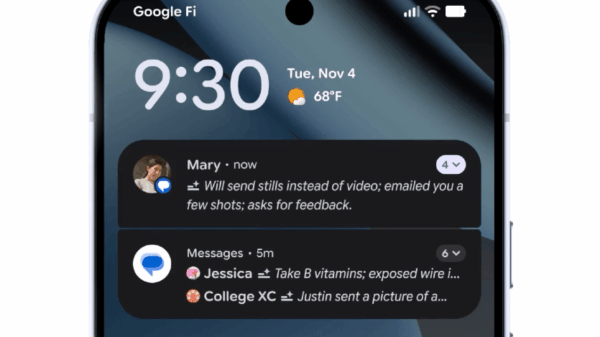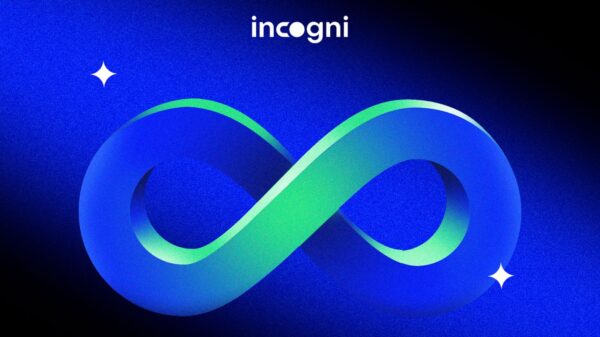Increasingly, brands are turning their focus to Snapchat as a critical platform for marketing in 2025. With over 450 million users globally, the social media platform offers unique opportunities for businesses to engage with younger audiences, particularly Generation Z. Companies are leveraging features like augmented reality (AR) lenses and story-driven campaigns to capture attention and drive authentic connections.
Snapchat’s appeal lies in its ability to create immersive experiences that resonate with users. The platform’s AR capabilities allow brands to develop interactive advertisements that enhance user engagement. For instance, companies can create AR filters that users can apply to their photos, making the marketing experience not only entertaining but also shareable.
Targeting Generation Z with Authenticity
As brands aim to connect with Gen Z, authenticity has become paramount. This demographic prefers genuine interactions over traditional advertising methods. According to market research by eMarketer, 70% of Gen Z consumers are more likely to respond to brands that communicate transparently and showcase relatable content. Snapchat’s environment fosters this kind of connection, as it encourages creativity and self-expression.
In 2025, companies are expected to invest heavily in story-led campaigns that resonate with this audience. These narratives allow brands to tell their stories in a way that feels organic and engaging. By utilizing Snapchat’s unique features, businesses can create campaigns that not only promote products but also foster community and conversation among users.
The Impact of User Engagement
The potential for high-impact marketing on Snapchat is evident in its user engagement statistics. Data shows that users spend an average of 30 minutes per day on the platform, making it an ideal space for brands to capture attention. Additionally, the ephemeral nature of Snapchat content encourages users to view and interact with posts quickly, leading to higher engagement rates compared to other social media platforms.
Brands that successfully tap into Snapchat’s capabilities can expect measurable returns on their investments. According to a report from Snap Inc., advertisers that utilize AR lenses can see an increase in purchase intent by up to 94%. This statistic highlights the effectiveness of innovative marketing strategies that engage users in a memorable way.
As 2025 progresses, the trend of brands going all-in on Snapchat is likely to continue. With a focus on authenticity and immersive experiences, companies can establish stronger connections with their target audiences. The platform’s unique features and expansive user base present a significant opportunity for growth in the marketing landscape.
In summary, brands are increasingly viewing Snapchat not just as a social media platform but as a vital tool for reaching younger consumers. By embracing the innovative features that Snapchat offers, companies can create compelling campaigns that resonate with Gen Z, driving both engagement and sales. As the year unfolds, the relationship between brands and Snapchat will likely evolve, shaping the future of digital marketing.







































































